Quiet space weather, stunning aurora
Sunday, 25 January 2015 15:20 UTC
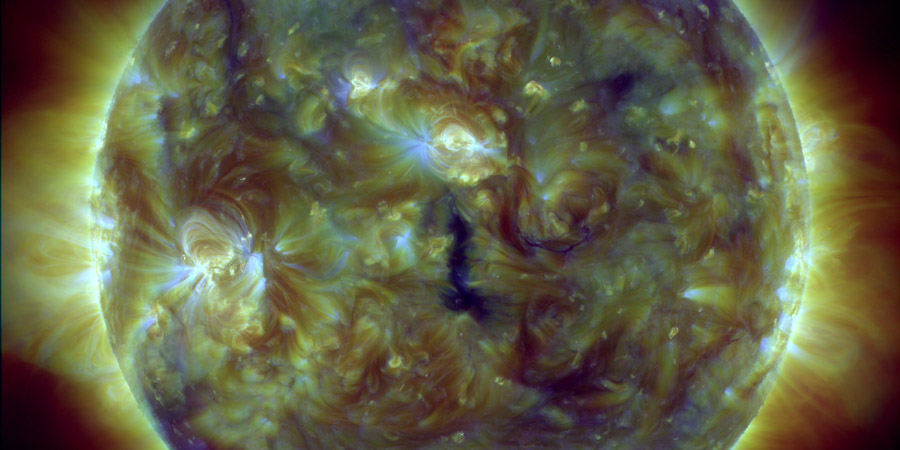
Space weather conditions are quiet. No significant solar events have occurred over the past few days and the geomagnetic conditions here at Earth have also been rather quiet. What can we expect in the days ahead?
Solar activity
Solar activity has calmed down considerably the past few days since the M1.4 solar flare from sunspot region 2268 back on 22 January. It looked like this sunspot region might bring some activity to the earth-facing solar disk but now that we can see the entire sunspot group (see images as captured by SDO below) we see a fairly simple Beta-Gamma group which is unlikely to produce more strong solar flares.
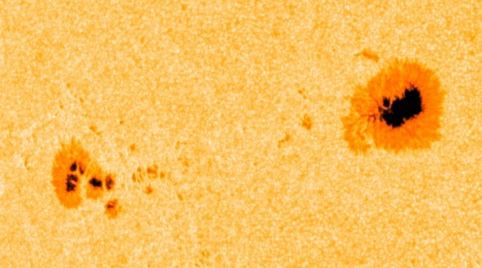
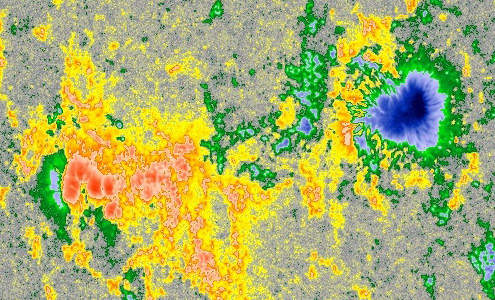
All the other sunspot regions on the earth-facing disk also have simple magnetic layouts and are unlikely to produce strong solar flares. Solar activity will likely be very low (B-class) to low (C-class) in the coming days unless a new noteworthy sunspot group forms or rotates onto the earth-facing solar disk.
Geomagnetic conditions
Geomagnetic conditions are also rather quiet. While there have been some coronal hole high speed streams that influenced earth during the past few days, none of them were really strong enough to cause a geomagnetic storm. That however didn't stop the aurora from showing up at multiple high latitude locations like Norway where Tor-Ivar Næss captured this amazing image on 22 January:
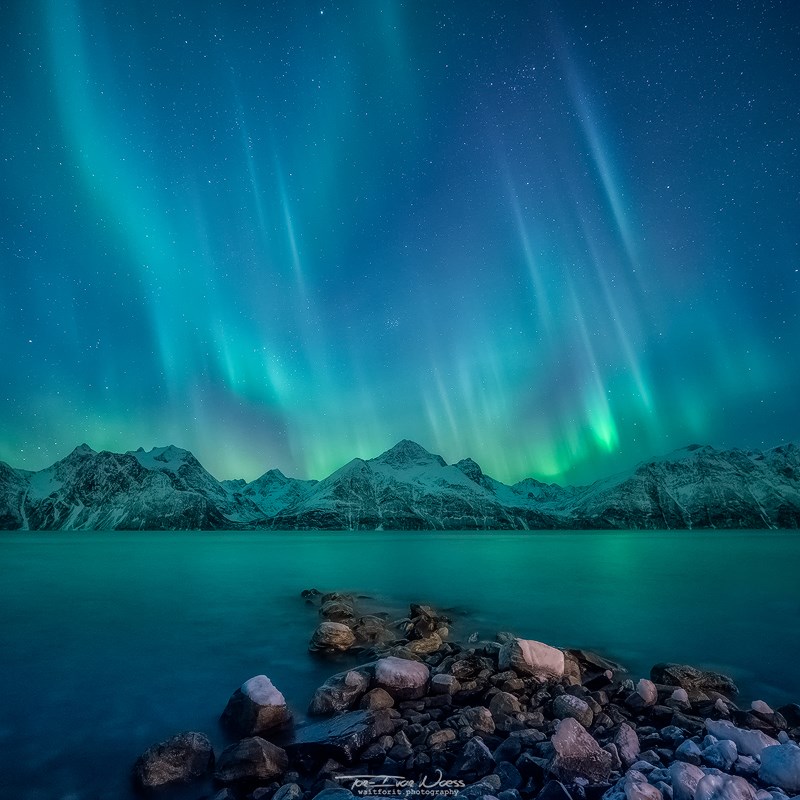
Or how about this stunning time lapse made also on 22 January by Blackpaw Photography from Tasmania, Australia:
...and what to think of this amazing display which was also captured in Norway. This stunning image was made on January 21 by Truls Iversen:
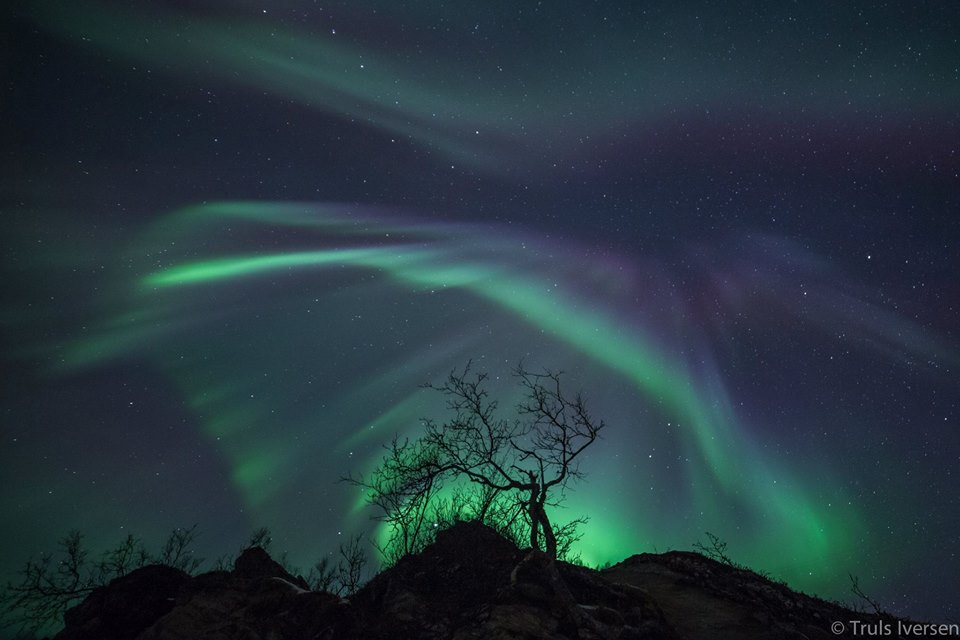
Last but not least another shot from Norway. This one is from Ed Touwen. Stunning images!
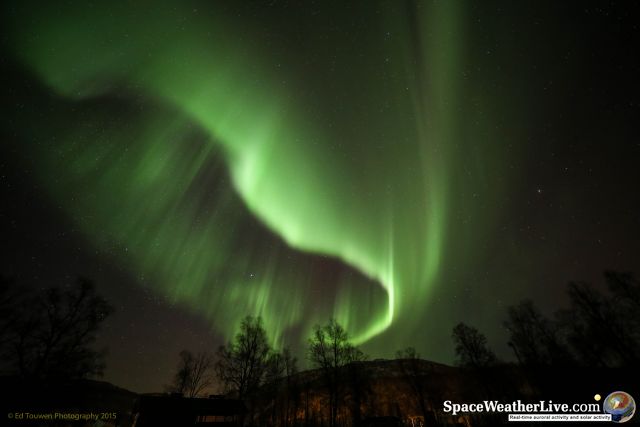
Another coronal hole high speed stream is expected to arrive later today or tomorrow from a large southern polar coronal hole but this coronal hole has decreased in size since the last rotation and we might not see a whole lot of effects from it. Nonetheless be on the lookout for enhanced auroral displays in the days ahead should the stream indeed arrive at Earth. Active geomagnetic conditions (max Kp4) could occur the coming days.
Thank you for reading this article! Did you have any trouble with the technical terms used in this article? Our help section is the place to be where you can find in-depth articles, a FAQ and a list with common abbreviations. Still puzzled? Just post on our forum where we will help you the best we can!
Latest news
Latest forum messages
Support SpaceWeatherLive.com!
A lot of people come to SpaceWeatherLive to follow the Sun's activity or if there is aurora to be seen, but with more traffic comes higher server costs. Consider a donation if you enjoy SpaceWeatherLive so we can keep the website online!

Space weather facts
| Last X-flare | 2024/03/28 | X1.1 |
| Last M-flare | 2024/04/19 | M1.0 |
| Last geomagnetic storm | 2024/04/19 | Kp7 (G3) |
| Spotless days | |
|---|---|
| Last spotless day | 2022/06/08 |
| Monthly mean Sunspot Number | |
|---|---|
| March 2024 | 104.9 -19.8 |


